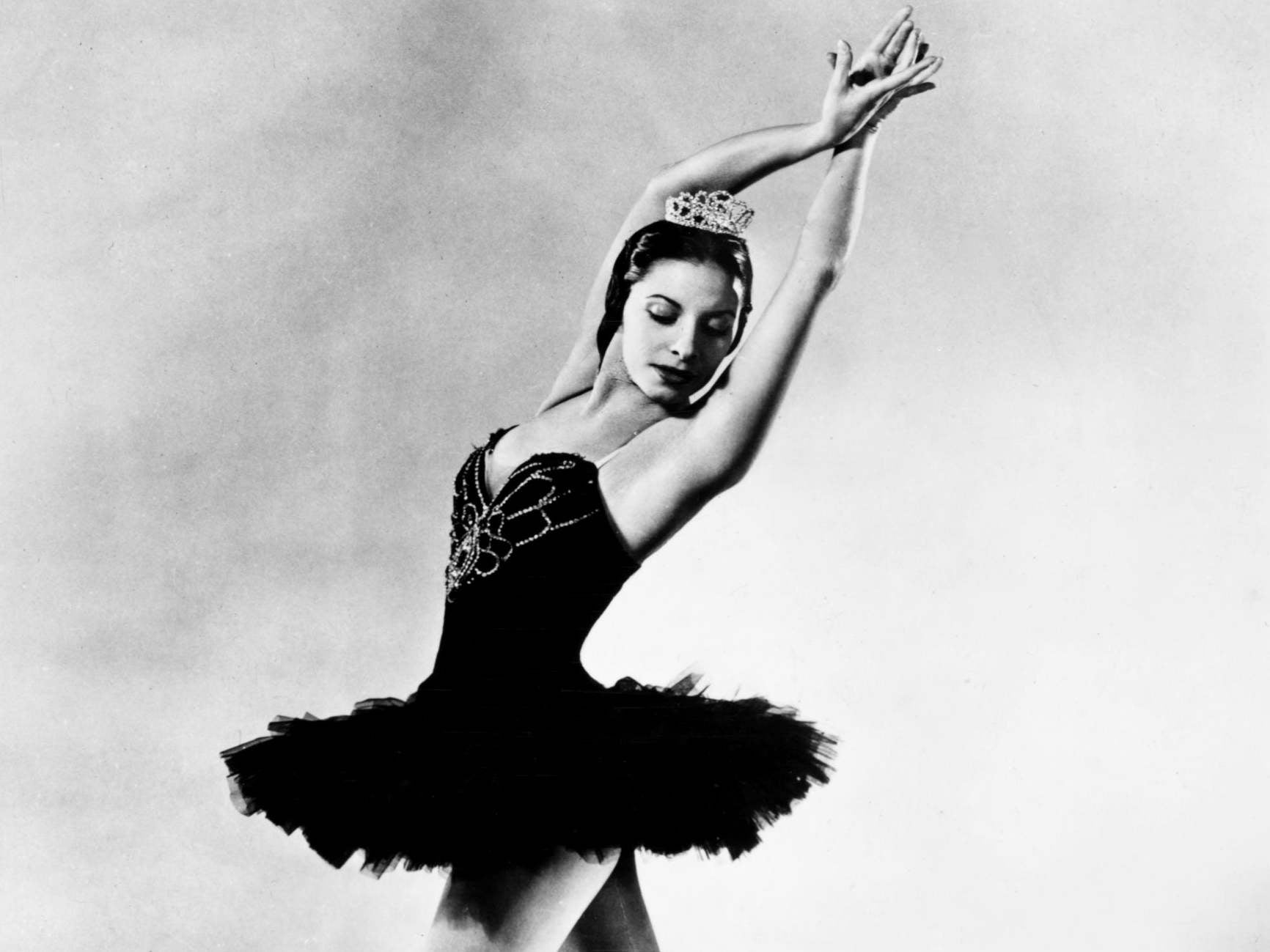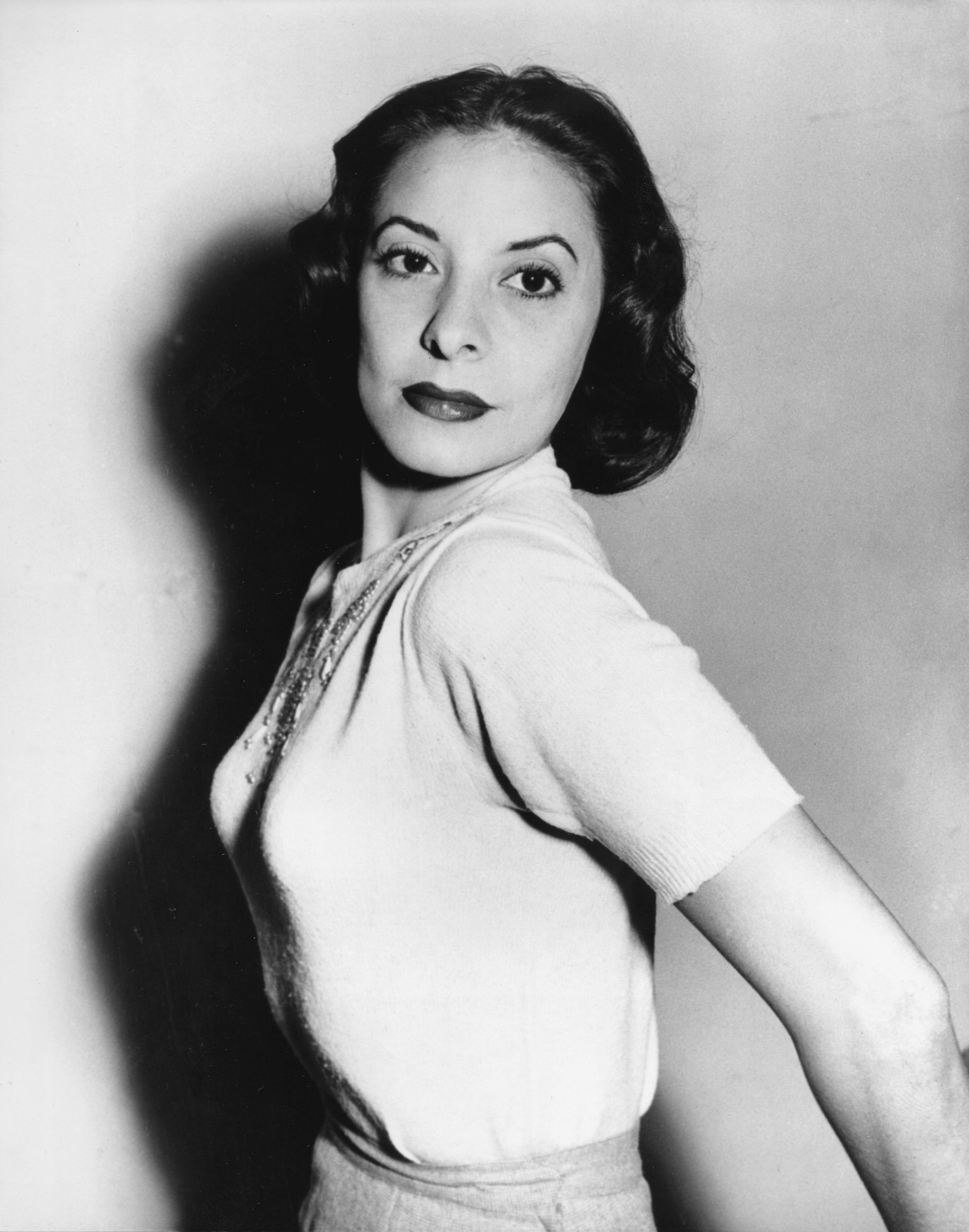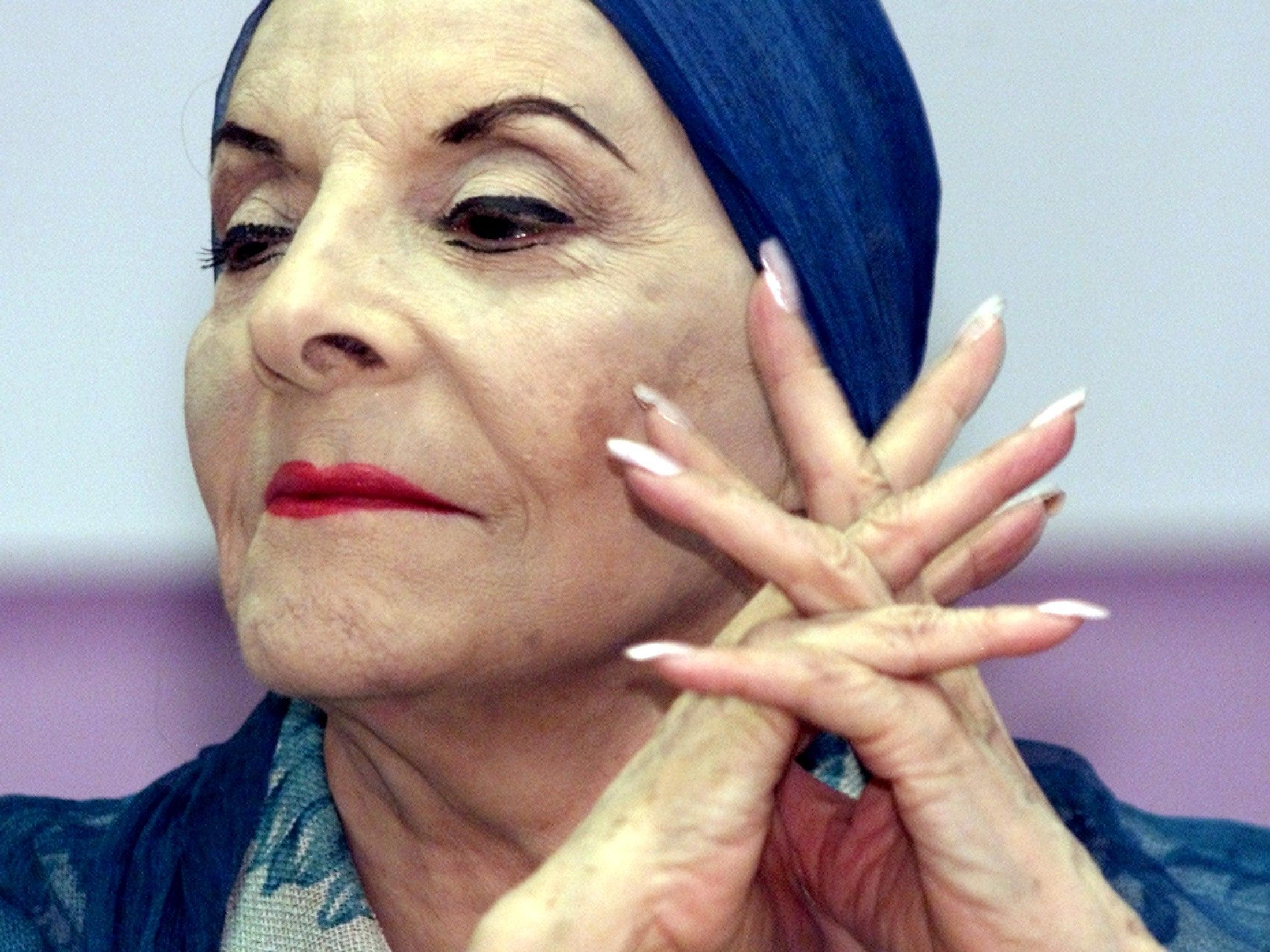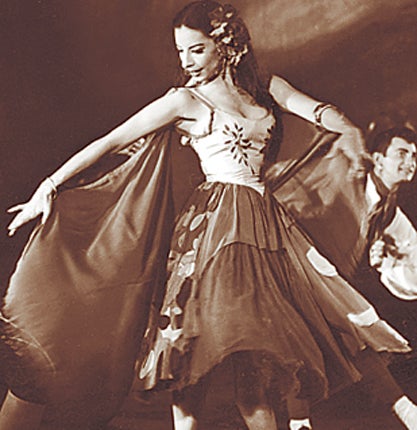Alicia Alonso: Cuban ballet star whose rendition of Giselle was a cultural landmark
A stage performer of great intensity, she founded the Cuban National Ballet which had a huge impact on the island post-revolution

Alicia Alonso, a superstar of ballet known for her impeccable technique and exuberant stage presence, became a national hero in her native Cuba after founding one of the country’s premiere cultural institutions, the Cuban National Ballet.
Alonso, who has died aged 98, leapt to prominence in the 1940s as a member of American Ballet Theatre. She performed in works by renowned choreographers including George Balanchine, Antony Tudor, Michel Fokine and Agnes de Mille, and her longtime onstage partnership with Igor Youskevitch earned favourable comparisons to the likes of Margot Fonteyn and Rudolf Nureyev.
As a performer, Alonso’s singular achievement was her rendition of the title role in Giselle. More than 60 years after she first performed it, Alonso’s interpretation is still widely considered the definitive version of one of ballet’s most difficult and demanding parts.
In launching the National Ballet in 1959, Alonso gave Cuba a first-rate classical dance troupe and school that could rival the world’s best – no minor feat in a small country without any noteworthy ballet tradition. She imbued the company with the sensuality and musicality that defined her own dancing.
Fidel Castro sought to revitalise the arts in post-revolution Cuba, and his backing was critical to the National Ballet’s success. Though she typically shunned discussing politics in interviews, she occasionally spoke of her support of Cuba’s communist regime, earning her adoration from loyalists and ire from defectors and others who opposed Castro’s government.

In 1957 and 1958, Alonso was asked to give guest performances with the Bolshoi Ballet and Kirov Ballet, a rare invitation for a dancer from the Americas in an era when Russian and European performers reigned supreme in the ballet world. She also performed with the Ballet Russes de Monte Carlo and served as a guest choreographer for the Paris Opera Ballet.
Alicia Ernestina de la Caridad del Cobre Martinez y del Hoyo was born in Havana in 1920 to an army officer and his wife. Before beginning ballet lessons at nine, “Mama used to put me in a room with a phonograph and a scarf”, she said. “That would keep me quiet for a few hours, doing what I imagined was dancing.”
When she was 15, she eloped with Fernando Alonso, a fellow ballet student. The pair left Cuba for New York, convinced they would have a better chance of becoming ballet stars. Within a year, Alonso gave birth to their only child, Laura. She later divorced Fernando Alonso and married Pedro Simon, a lawyer and dance writer.
Before she was able to land jobs in ballet, Alonso and her first husband appeared in two short-lived Broadway musicals, Great Lady (1938) and Stars in Your Eyes (1939). Not long after, Alonso received a contract with Ballet Caravan, a group headed by impresario Lincoln Kirstein that was a precursor to the New York City Ballet. In 1940, she became a member of the nascent Ballet Theatre (now American Ballet Theatre).

The following year, just as her star was beginning to rise, she noticed that her vision was beginning to fail. She underwent three surgeries to try to correct a detached retina, the last of which required her to stay in bed for a year, lying practically motionless with her eyes covered by bandages. But her passion for dance wouldn’t allow her to remain completely sedentary: employing small movements of her hands and feet, she taught herself the lead role in Giselle during this time.
A testament to her grit and determination, Alonso was back onstage by 1943. The surgeries did not completely correct her sight: she still lacked peripheral vision from that point forward. To help her, a wire was often placed at the front of the stage to prevent her from falling into the orchestra pit, and lights were strategically placed around the stage so she could determine where she was by their relative brightness. Her partner Youskevitch became an expert at dancing with her, making sure he was always in the exact correct position relative to Alonso so she would not have to rely on sight to dance with him.
Alonso gave her first performance of Giselle in 1943 as a last-minute replacement for an ill Alicia Markova. The part would come to define her career, and she would perform it for ABT, Ballet Russes de Monte Carlo and National Ballet of Cuba for decades to come.

Alonso’s other notable roles include a turn as Lizzie Borden in de Mille’s Fall River Legend (1948) and in Fokine’s Les Sylphides. She originated lead roles in Balanchine’s Theme and Variations (1947) and Undertow (1945), Tudor’s psychological drama about a tormented man who commits a murder.
In 1948 Alonso headed back to Cuba to establish her own company. However, it folded in 1956, largely due to a lack of funding. Three years later, when Castro came into power, Alonso asked the new leader for funds to set up the Cuban National Ballet, which would comprise a school and professional company. To recruit dancers and drum up interest in ballet among Cubans, she had her fledgling group give small performances at unconventional places such as farms, factories and on military bases. She looked for male dancers in orphanages and gave free tuition to those with potential.
The company toured in South and Central America and throughout Europe. Over the years, several of the company’s dancers defected during international tours, but a few of its brightest stars have been granted permission to leave Cuba to perform with other troupes.
Throughout her tenure with the National Ballet, Alonso guest-performed internationally with other troupes but was rarely seen in the US during the prime of her career because of the diplomatic standoff with Cuba. However, she finally appeared in the country again, performing in New York with ABT in 1975 and 1977, and brought her full company for its US debut in 1978.
Long after her final curtain call, dance remained Alonso’s passion. “I’m breathing life into other people,” she said in 2007. “I make choreography for others to dance. It’s like dancing through their spirit. You see I’m still dancing, even if my feet never move.”
She is survived by her husband and daughter.
Alicia Alonso, ballet dancer and artistic director, born 21 December 1920, died 17 October 2019
© Washington Post
Join our commenting forum
Join thought-provoking conversations, follow other Independent readers and see their replies
Comments
Bookmark popover
Removed from bookmarks